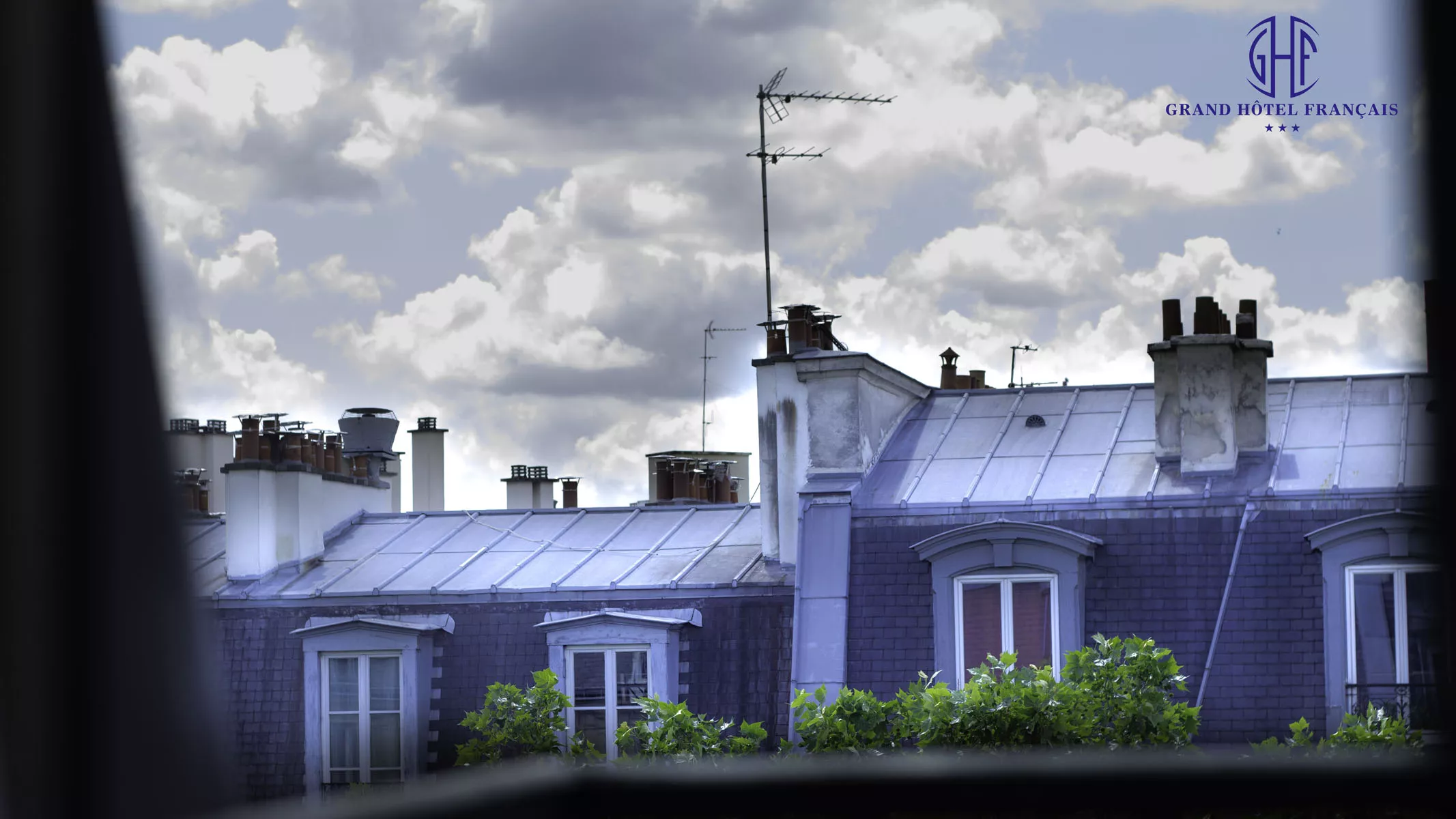In the center of Paris
Easy access to tourist sites from the Grand Hôtel Français Paris
We are a few minutes away from Bastille, Le Marais and Saint Paul (Underground station Rue des Boulets or Nation)
The great variety of public transport modes, such as underground lines (1,2,6,9) and RER A line, puts the Grand Hotel Français only 10 minutes away from Paris’ main points of interest
In this lively district, where you can find many shops and café terraces, the Grand Hotel Français shelters a certain art de vivre.

